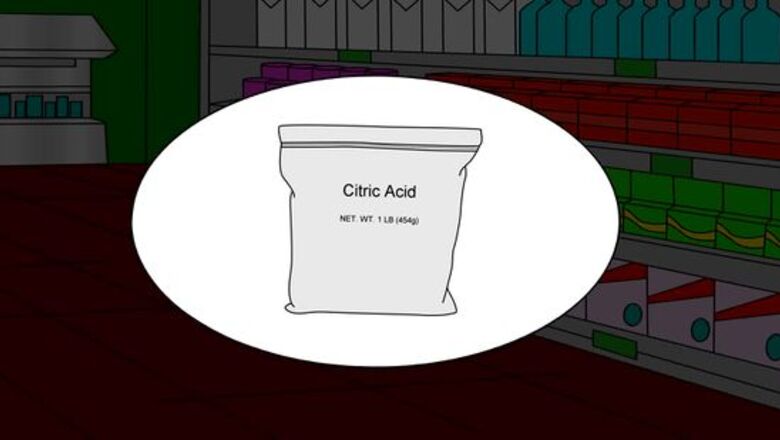
views
X
Research source
Although citric acid is commonly available in solid form, as crystalline powder, you may have applications for which a liquid form is preferable.[2]
X
Research source
Preparing the Solution
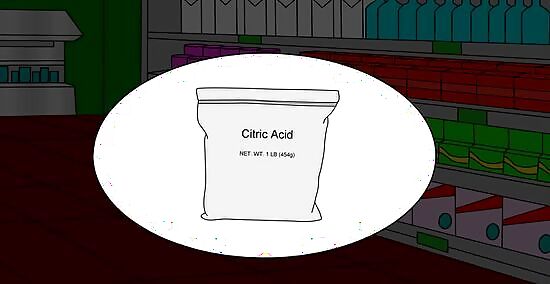
Buy citric acid in crystalline powder form. You can find it at many grocery stores, Middle Eastern or kosher markets, cooking stores, health food stores, or bulk food stores. It is sometimes in the canning/preservation section and sometimes labeled "sour salt." Purchase at least 1 lb. (454 g) in order to make an adequate amount of citric acid solution.
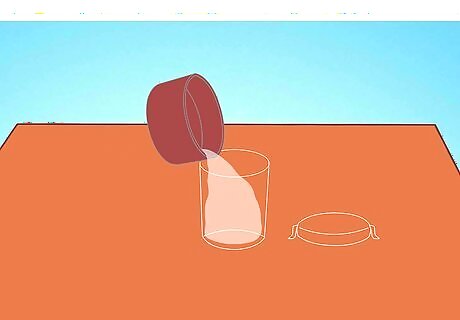
Buy (or make) distilled water. Distilled water has had many of its minerals and impurities removed through a process of boiling and condensation.
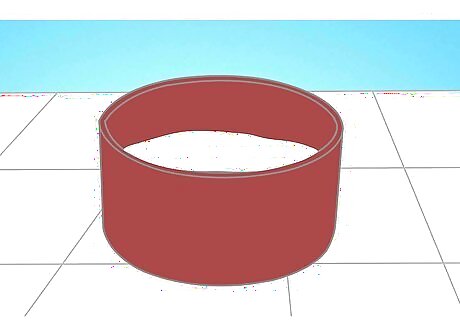
Select non-metallic or non-reactive metal items (see list below) for the process. Citric acid reacts with several metals, which is why it can be used as a metal cleaner. (This also explains why orange juice placed in an unlined metal canteen quickly takes on an unpleasant metallic taste.) Make sure they are thoroughly cleaned before use to avoid possible contamination of the solution and fungal growth.
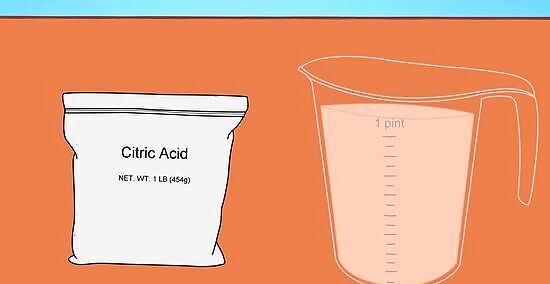
Determine the amounts of citric acid powder and water that you require to create the solution. Solutions with higher and lower concentrations of citric acid have differences in regards to potency, shelf life, and cost. A higher concentration of citric acid solution will store better than a lower concentration solution. A good measure is 1 lb. (454 g) of citric acid powder to 1 pint (470 ml) of water. However, a lower concentration solution of 1 lb. (454 g) of citric acid to 2 pints of water (940 ml) also works, is more economical, and results in the convenient ratio of one fluid ounce (30 ml) of the solution being equivalent to one-half ounce (14 g) of the dry powder.
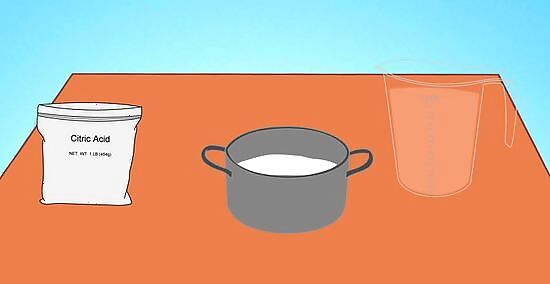
Measure the powder. Place 1 lb. (454 g) of citric acid powder in a non-metallic pot. Set the pot aside.
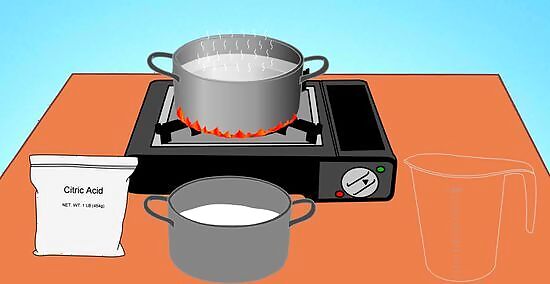
Boil the water. Bring your choice of 1 or 2 pints (470/940 ml) of water to a boil in a non-metallic pot. Utilizing a microwave-safe container is an option, but always be careful when boiling water in a microwave. It can superheat and then rapidly boil over when disturbed. Check the water frequently and when removing, wear an oven mitt and carefully give the container a nudge to make sure it does not want to boil over. Also place a wooden chopstick or similar item in the water before heating (it will attract the bubbles so they don't all form at once).
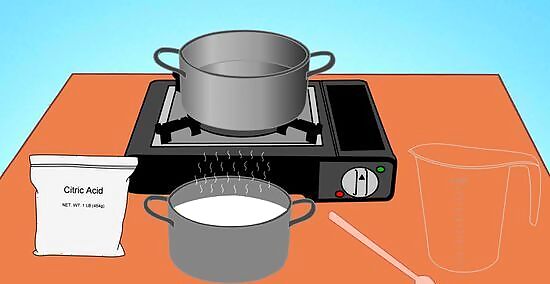
Pour the boiling water over the powder, stirring constantly with a non-metallic spoon until all the powder is dissolved. Please be careful with the boiling water! Using a non-reactive tea kettle might be an option.
Storing the Solution
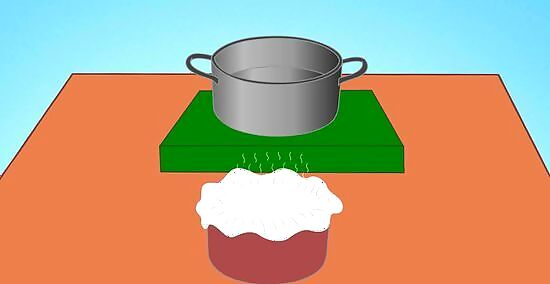
Filter the solution. Using filter paper or cheesecloth, strain the solution through into another non-metallic pot or bowl to remove any solids that haven't dissolved.
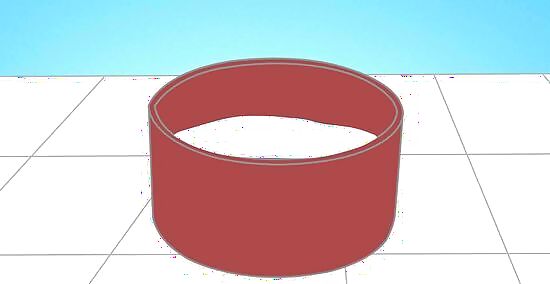
Allow the solution to cool to room temperature. This makes the transfer to your storage container safer, and will prevent a tightly-sealed plastic storage bottle from crushing (imploding, really) as a hot liquid cools inside it.
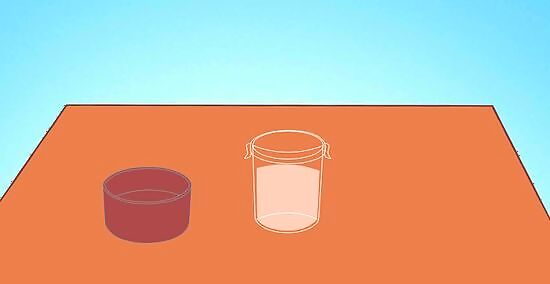
Transfer the solution. Pour the solution into an air-tight, non-metallic container. Make sure it is thoroughly clean (boiling glass or heavy-duty plastic containers for 5-10 minutes is an option). Choose a container with a tight-fitting lid. Use a funnel to pour the solution into the container(s).
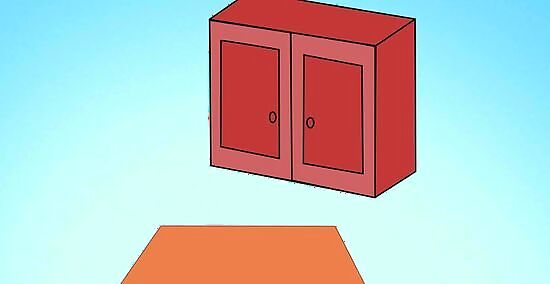
Store the solution in a cool, dark place, such as a cupboard or closet. When stored properly, the solution can last for up to two years.




















Comments
0 comment